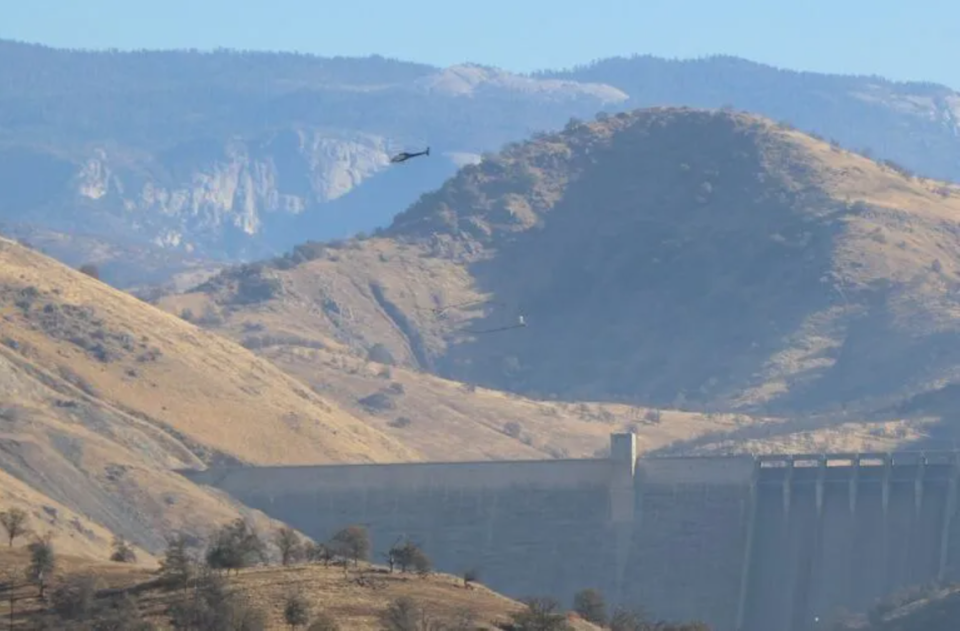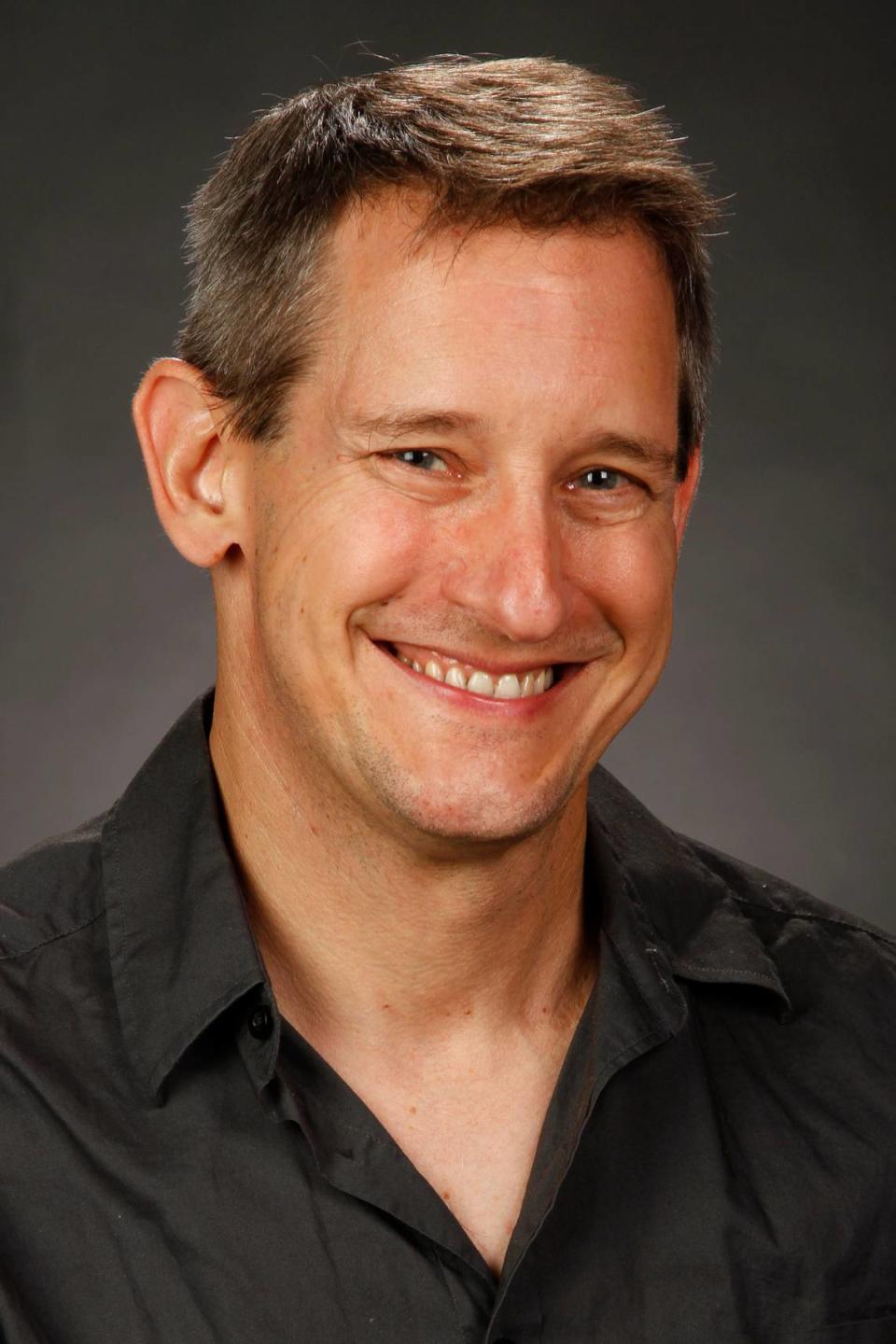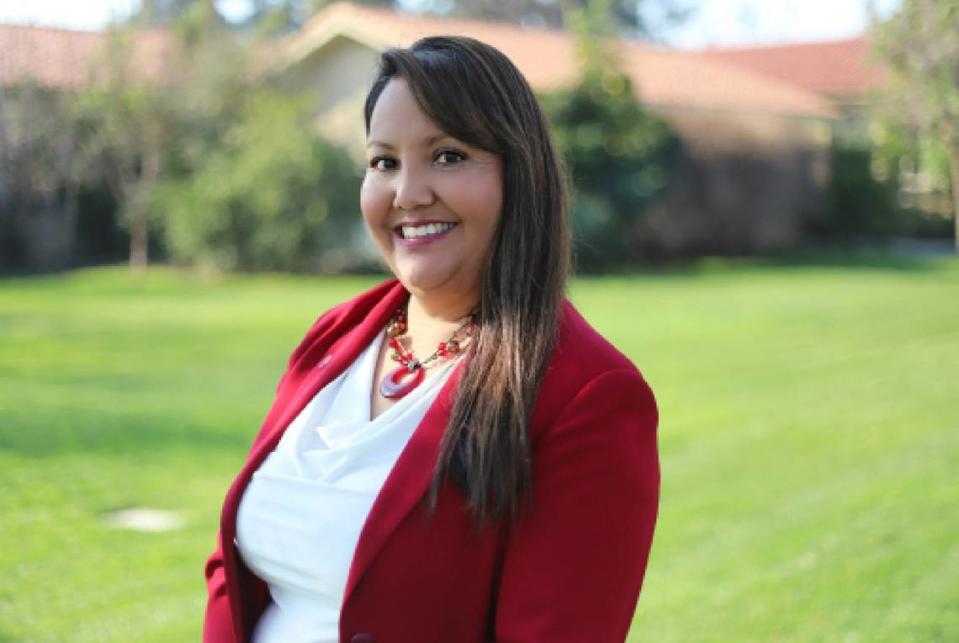Red tape is getting in the way of storing more water underground. The state must lead | Opinion
California’s Sustainable Groundwater Management Act was enacted a decade ago to address one of the state’s oldest water problems: the over-exploitation of groundwater aquifers on which many cities, towns and agricultural operations depend. SGMA requires the state to bring aquifers into balance so that for every drop of water taken out, an equal amount is put underground into the same aquifer.
Optimally managing basins means recharging them with water when it’s available. Some regulatory red tape is getting in the way.
Two years ago, California was blessed with an enormous Sierra snowpack. Last year, it was a solid average. The spring-to-summer snowmelt releases water that flows down the state’s rivers, much of which is captured and stored in the state’s reservoirs for use by appropriative water rights holders. The volume of runoff that exceeds a reservoir’s storage capacity often flows to the ocean, which was a lot in 2023, and gave California a lot of opportunities for innovative water allocations. It’s a lot this year too, with the state reporting Shasta Reservoir at 113% of average, Oroville at 120%, New Melones at 133% and Pine Flat at 131%.
Last year, the state was urgently looking for ways to use excess water (water in the system beyond what is legal claimed through the water rights system), which is likely happening this year as well.
Opinion
Meanwhile, groundwater agencies across the state are struggling to bring their aquifers into balance to comply with SGMA because they don’t have access to, or the right to, excess water for recharge. In some cases the struggle is so difficult that several local agencies have thrown up their hands and gone to court rather than craft a plan that risks drying out farms within their boundaries with the resulting collateral economic damage for their regions.
A win-win solution seems obvious: We propose that all excess water in California’s hydrological system (all water not already obligated for municipal, agricultural or environmental use) should be claimed by the state and made available for groundwater recharge as aquifer needs and regional conveyance/recharge systems permit. All of it.
The state’s authority to do this is murky. The state constitution makes the people of California owners of their water, though the uses the peoples’ water is put to must be considered beneficial and reasonable under state law. In other words, the right to use river water is a private property right, with older rights taking precedence over junior rights so that senior users always have first claim to available water.
We do not call for the abolition of any water right. Instead, we want to maximize the utility of “excess” water that is above and beyond what has already been licensed under the water rights system. Right now, private landowners and local agencies can file claims to this water. Instead, we argue that the state should assert direct control of all excess water for groundwater recharge.
State law may need to be changed by the legislature to permit this, or the state may attempt to do so under existing authorities. Whatever the method, it must be done soon. Climate change will bring us years of drought, but it will also bring years of large snowpacks and heavy rain, creating abrupt flows of excess water or even floods. Our legal system needs to be ready to allocate excess water for use by groundwater agencies for recharge.
More recharge benefits everyone and helps secure our future. It helps local sustainability agencies in their struggle to implement groundwater management plans and preserves the existing water rights system. Common sense would dictate that recharge would count as beneficial and reasonable use as per the state constitution.
It’s already too late for this year, but, statistically speaking, we have seven to 10 years to get ready for the next wet year.
Dr. Thomas Holyoke is an assistant director and Laura Ramos is the interim director of CSU Fresno’s California Water Institute. Cordie Qualie, who also contributed to the op-ed, is an assistant director at the California Water Institute.



